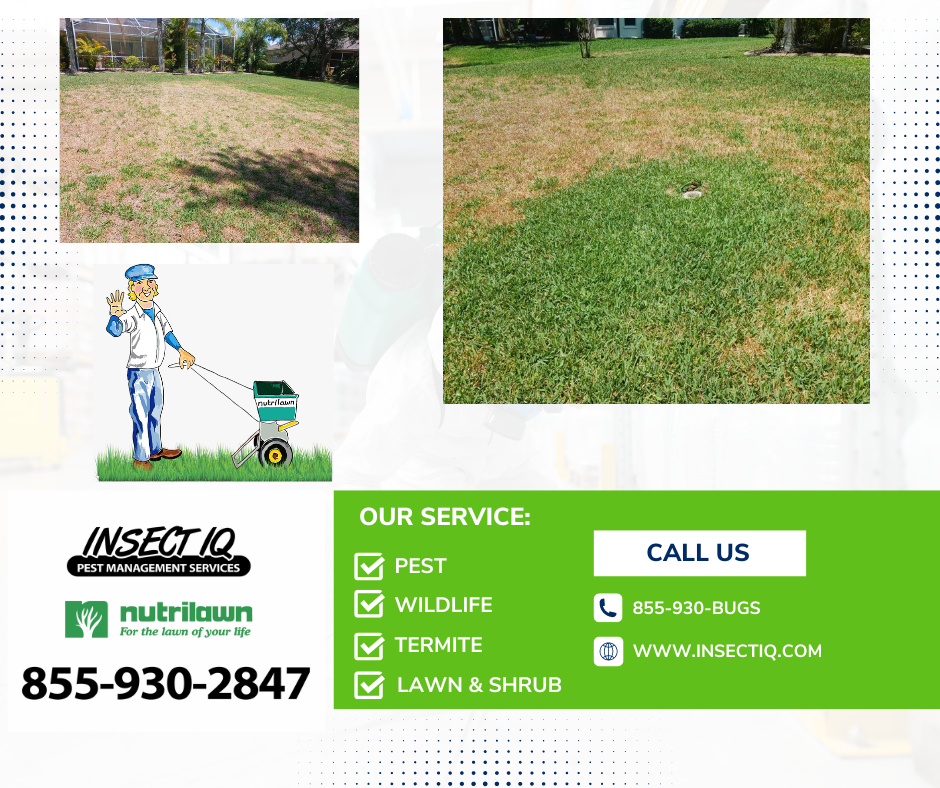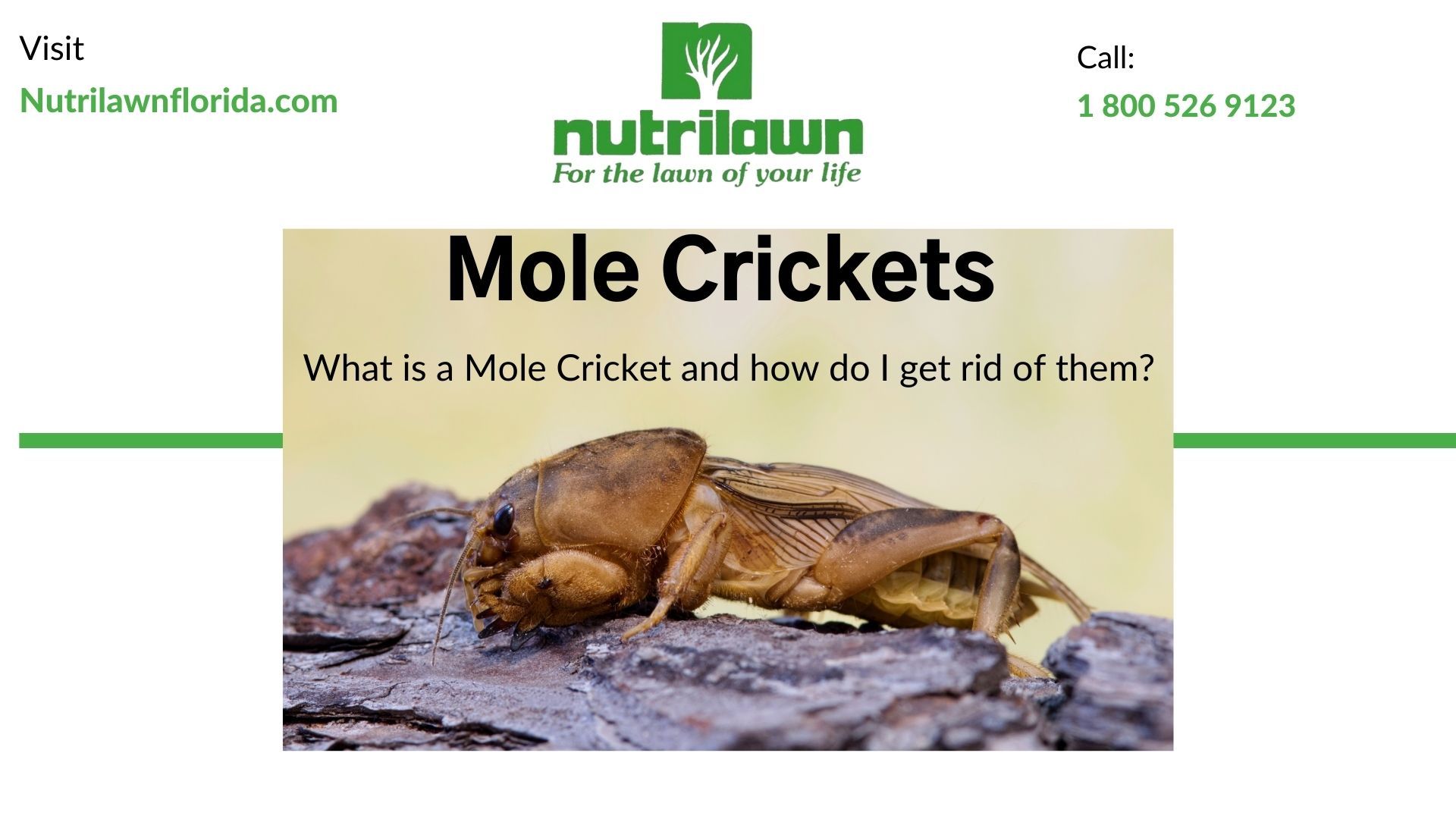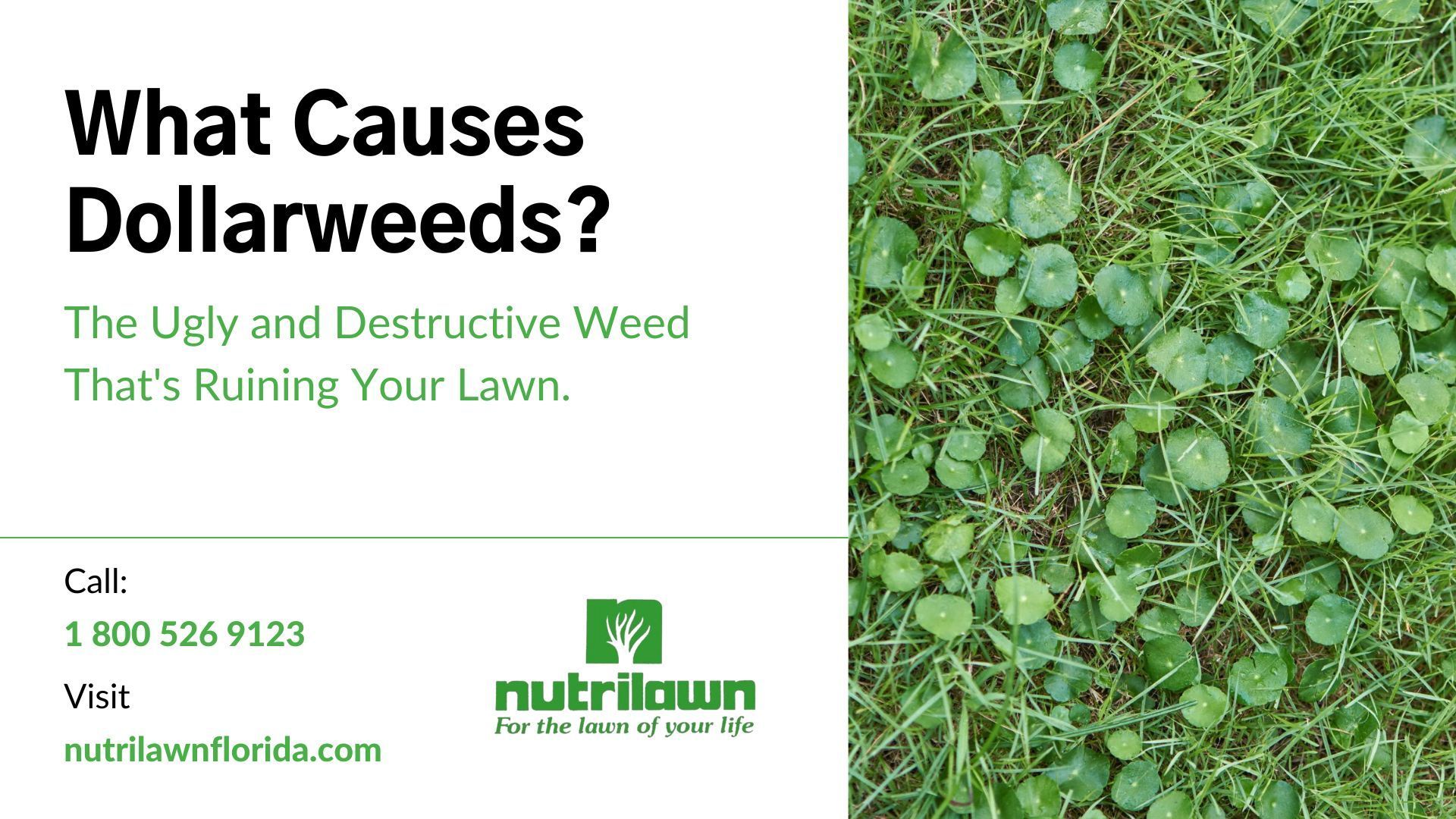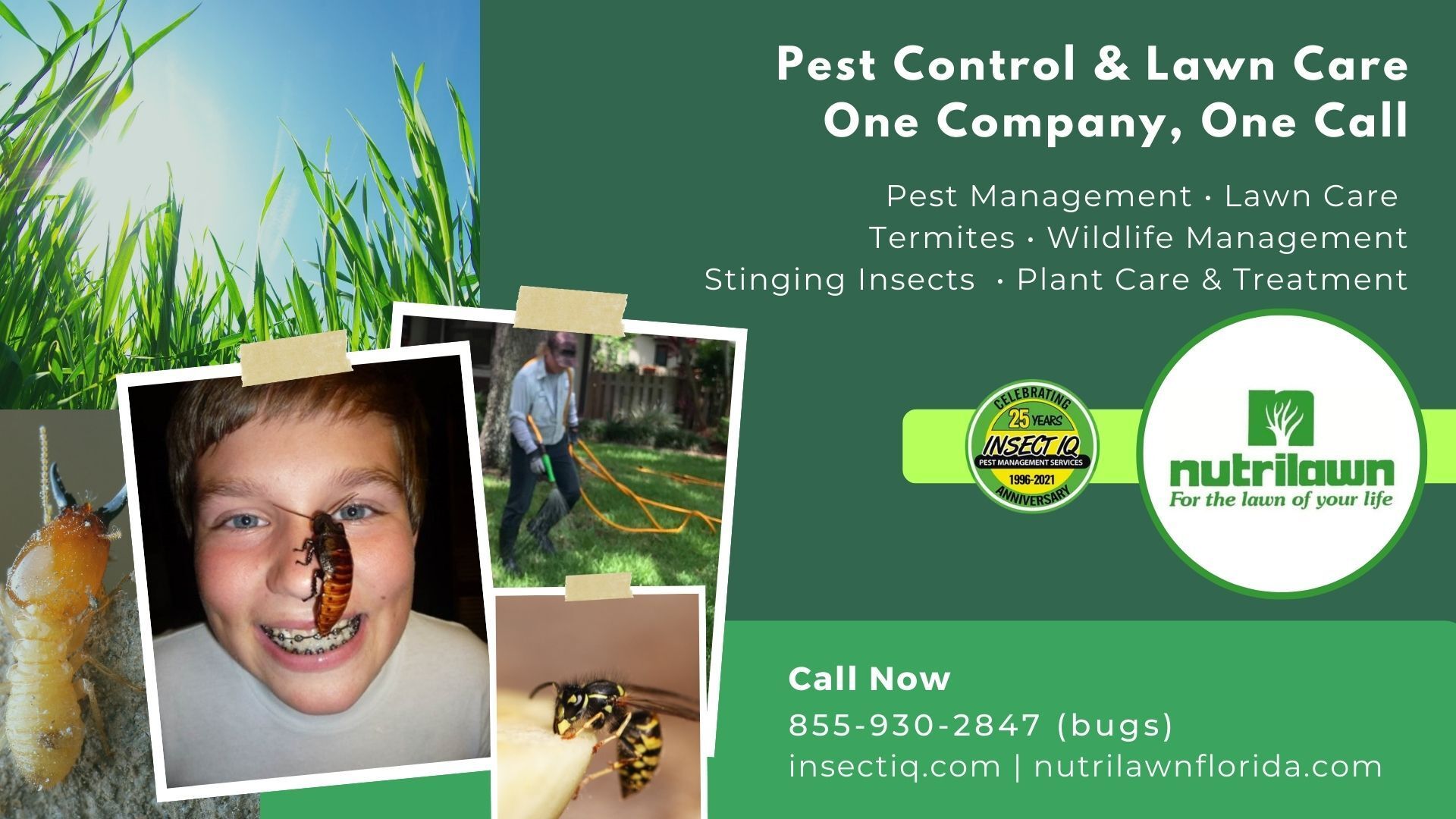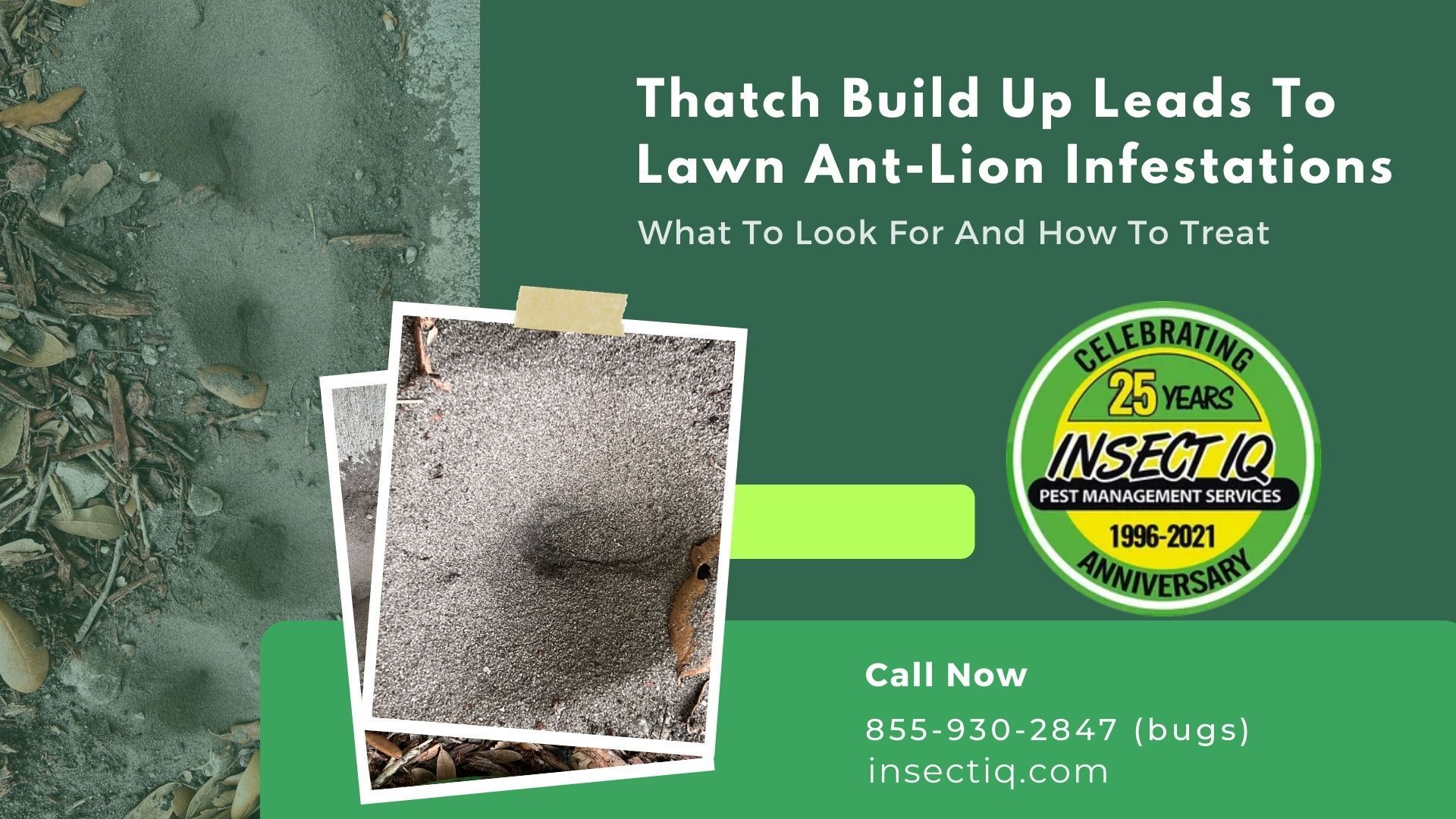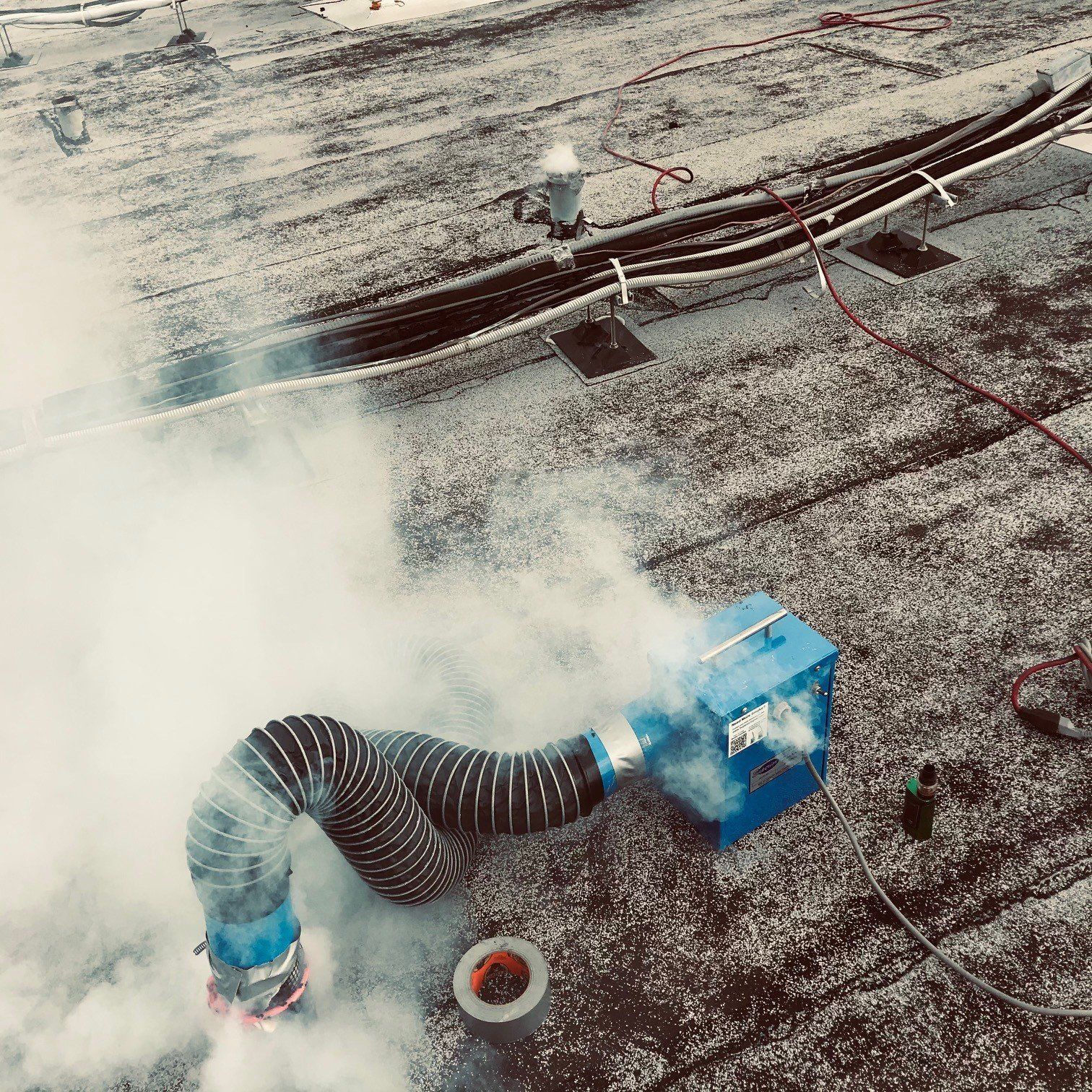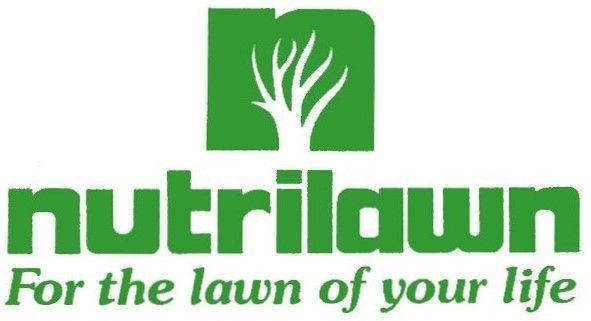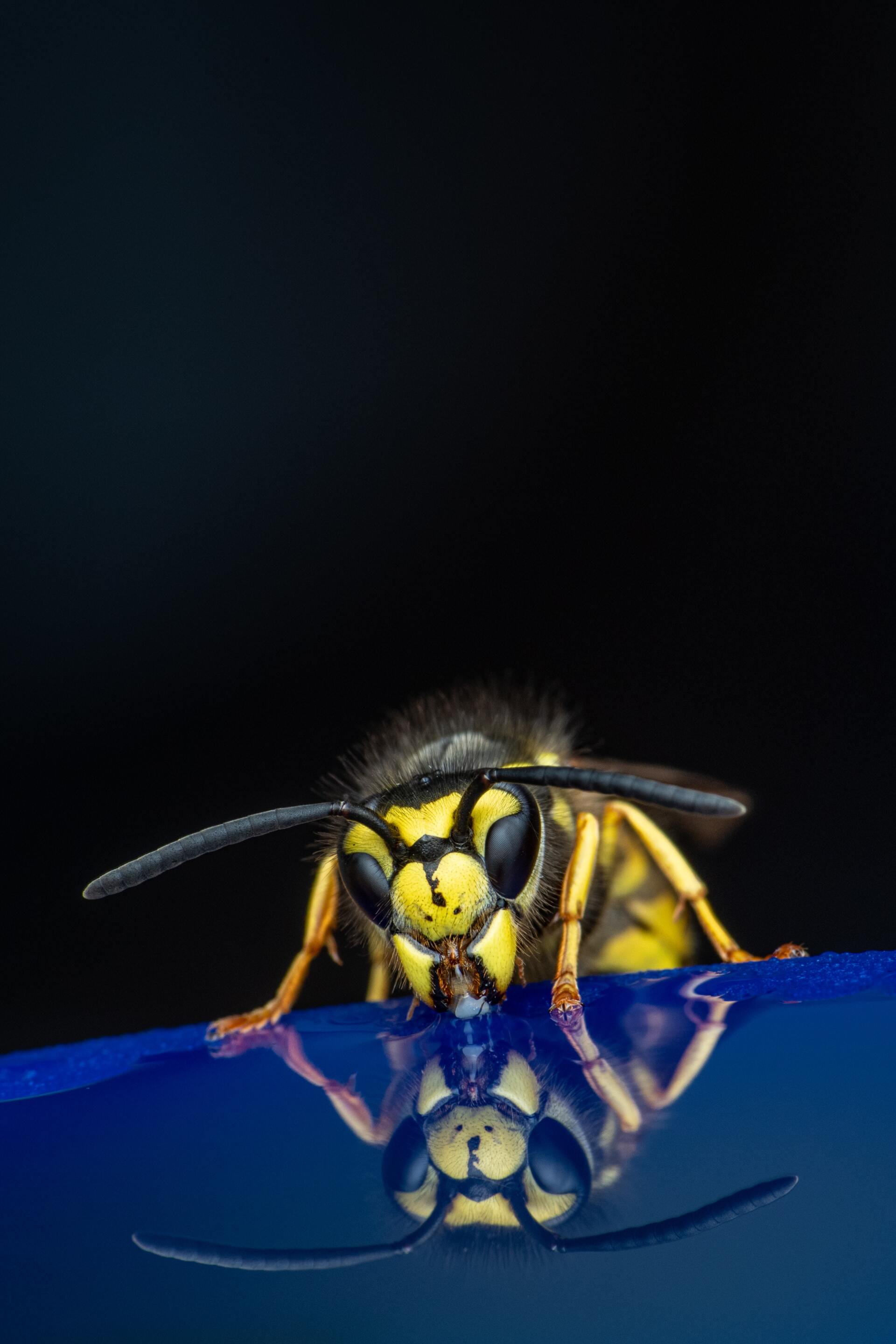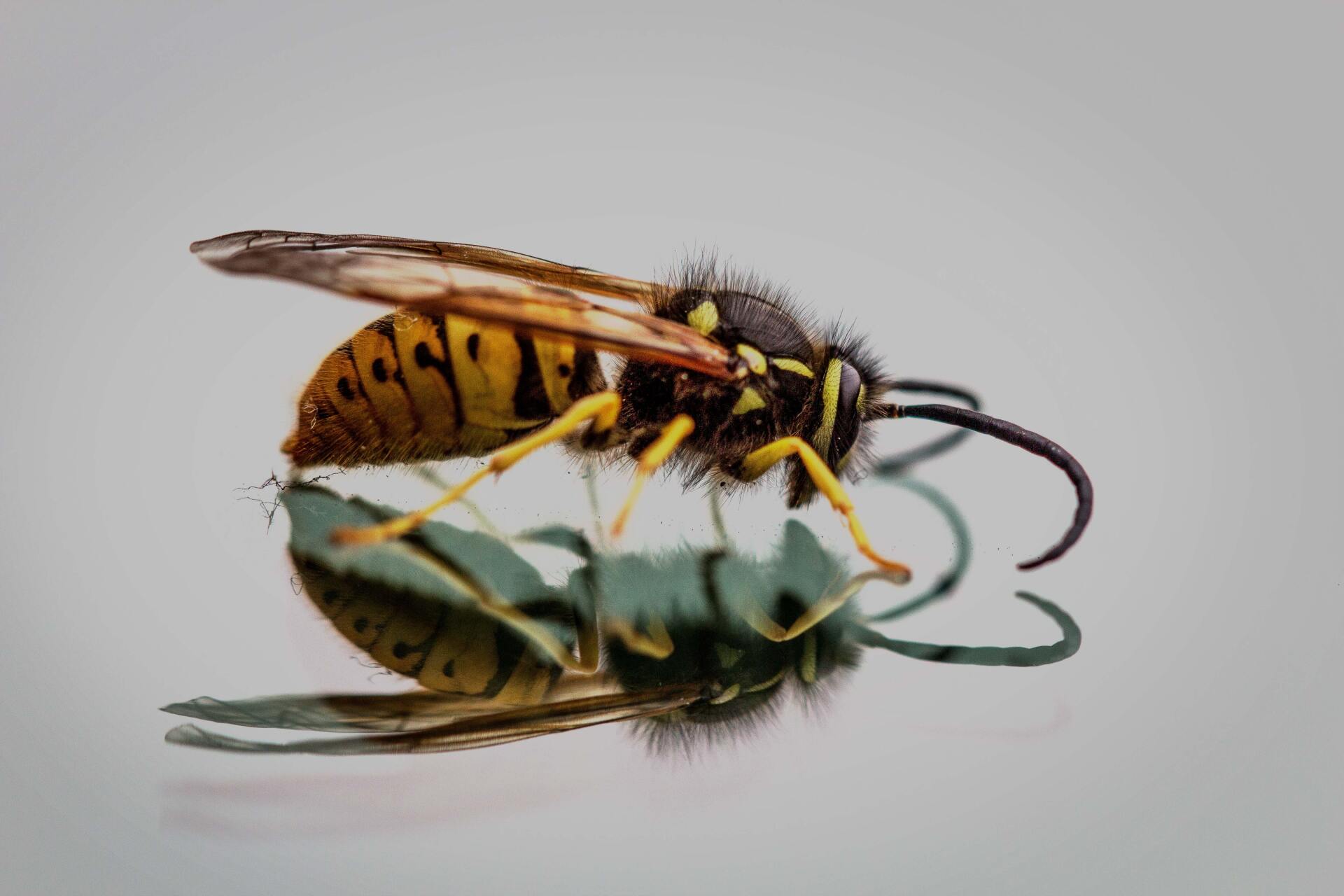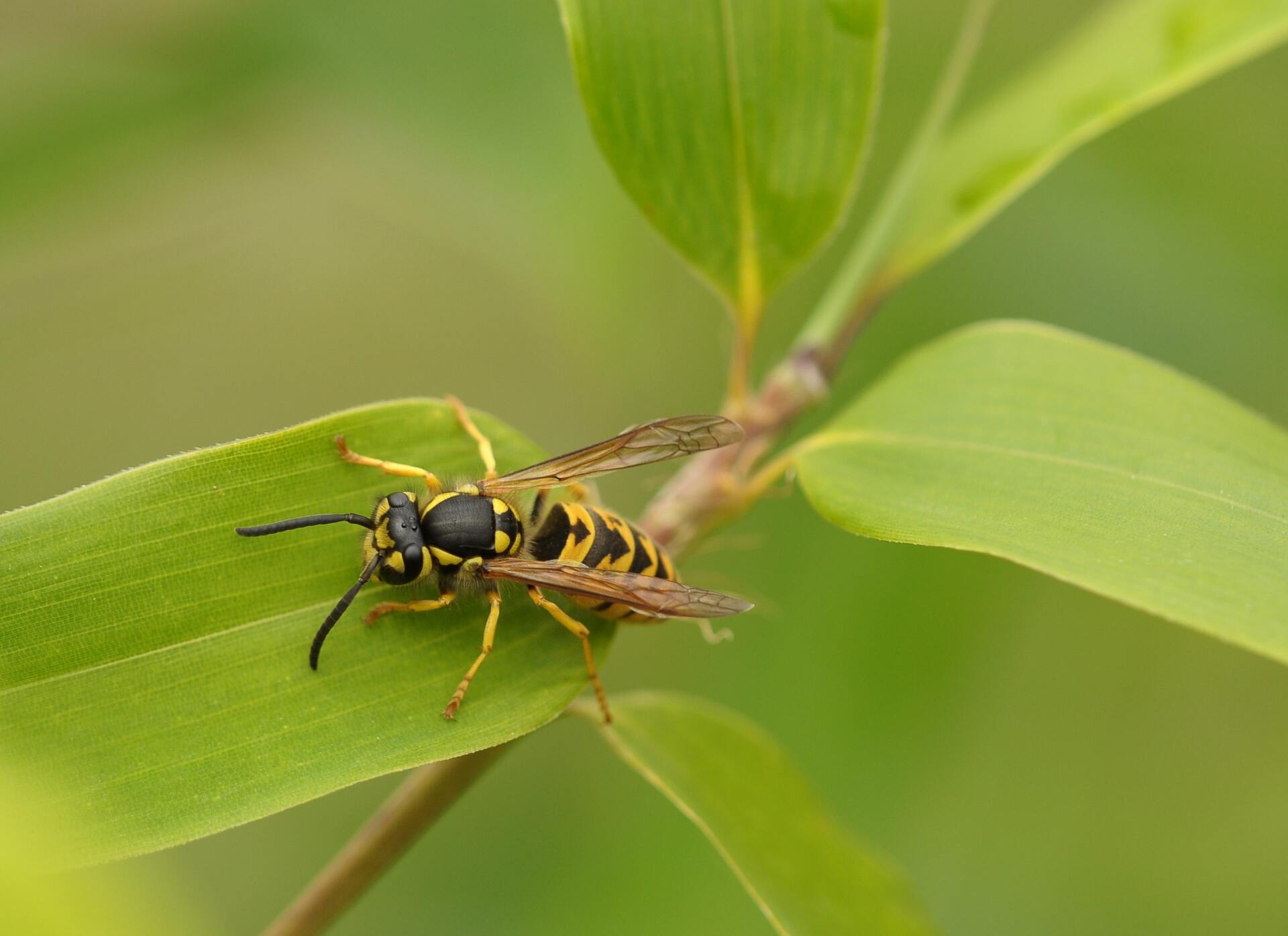By Jonathan Simkins
•
March 1, 2023
Preparing a lawn for spring can be a daunting task, as it often requires a lot of time, effort, and expertise to ensure that the lawn is healthy, vibrant, and ready to thrive in the warmer weather. This process can include tasks such as removing debris, testing the soil, aerating the lawn, fertilizing, and seeding, among others. Furthermore, different types of grass and soil require different treatments, making it challenging for homeowners to know exactly what their lawn needs. As a result, many homeowners struggle to effectively prepare their lawn for spring, leading to a less-than-optimal lawn appearance and potentially costly repairs. This highlights the need for effective and accessible lawn care solutions that can help homeowners properly prepare their lawns for spring and maintain a healthy and attractive lawn throughout the growing season. Here are a couple of ways that you can make sure you get a nice green lawn this coming Spring! Clean up debris: Start by cleaning up any debris that has accumulated on your lawn during the winter, such as fallen branches, leaves, and twigs. Rake the lawn to remove any dead grass, as well as to help loosen the soil. Aerate the soil: Aerating the soil helps to promote healthy root growth and allows water and nutrients to penetrate the soil more easily. You can rent an aerator or hire a lawn care professional to do this for you. Overseed: Over time, your lawn may become thin and patchy, making it more vulnerable to weeds and pests. Overseeding involves spreading new grass seed over your existing lawn to fill in any bare spots and promote thicker, healthier growth. Fertilize: Fertilizing your lawn in the spring provides essential nutrients that help it grow lush and green. Look for a slow-release fertilizer that provides a balanced mix of nitrogen, phosphorus, and potassium. Water: Water your lawn deeply once a week, rather than shallowly several times a week. This helps to encourage deep root growth, which in turn makes your lawn more drought-resistant. Water early in the morning to reduce evaporation and prevent fungal growth. Mow regularly: Mowing your lawn regularly helps to promote healthy growth and prevent weeds. Set your mower blades to a height of around 2-3 inches, and avoid cutting off more than one-third of the grass blades at a time. Control weeds: Spring is the ideal time to apply pre-emergent herbicides to prevent weeds from taking hold. If you do notice weeds starting to grow, pull them up by hand or use a targeted herbicide. By following these tips, you can help your lawn green up and thrive in the spring. Remember to keep up with regular maintenance throughout the growing season to ensure your lawn stays healthy and beautiful. Nutrilawn can help you with 3 out of 7 of these things. Here are three things we can assist with in trying to get a luscious green lawn. Water Recommendations: Proper watering is essential for a healthy lawn. Nutrilawn can help you determine the correct amount of water your lawn needs, depending on factors such as weather conditions, soil type, and the type of grass you have. They can also provide recommendations on the best time of day to water your lawn and the most efficient watering techniques. Lawn Fertilizing: Fertilizing is an important part of lawn care because it provides essential nutrients to the grass, which promotes healthy growth and improves the overall appearance of your lawn. Nutrilawn can help you determine the right type and amount of fertilizer your lawn needs, based on its unique characteristics. They can also provide you with a schedule for fertilizing your lawn, to ensure that it gets the right amount of nutrients at the right time. Weed Control: Weeds can be a major problem for lawns because they can compete with the grass for water and nutrients, and they can also make your lawn look unsightly. Nutrilawn can help you identify the types of weeds that are present in your lawn and recommend the most effective weed control strategies. This may include using herbicides or other treatments to eliminate weeds, as well as implementing preventative measures to minimize the risk of future weed growth. Overall, Nutrilawn can provide you with a comprehensive lawn care program that includes water recommendations, fertilizing, and weed control, to help you achieve a green, healthy, and beautiful lawn for this coming spring! Our team of experts has the knowledge, experience, and tools needed to transform your lawn into a beautiful and healthy oasis. We operate in Hillsborough, Pinellas, and Pasco Counties, and are ready to help you achieve the lawn of your dreams. Call us today at 1-800-526-9123 or visit our website at https://www.nutrilawnflorida.com to learn more and schedule your lawn care program today!
